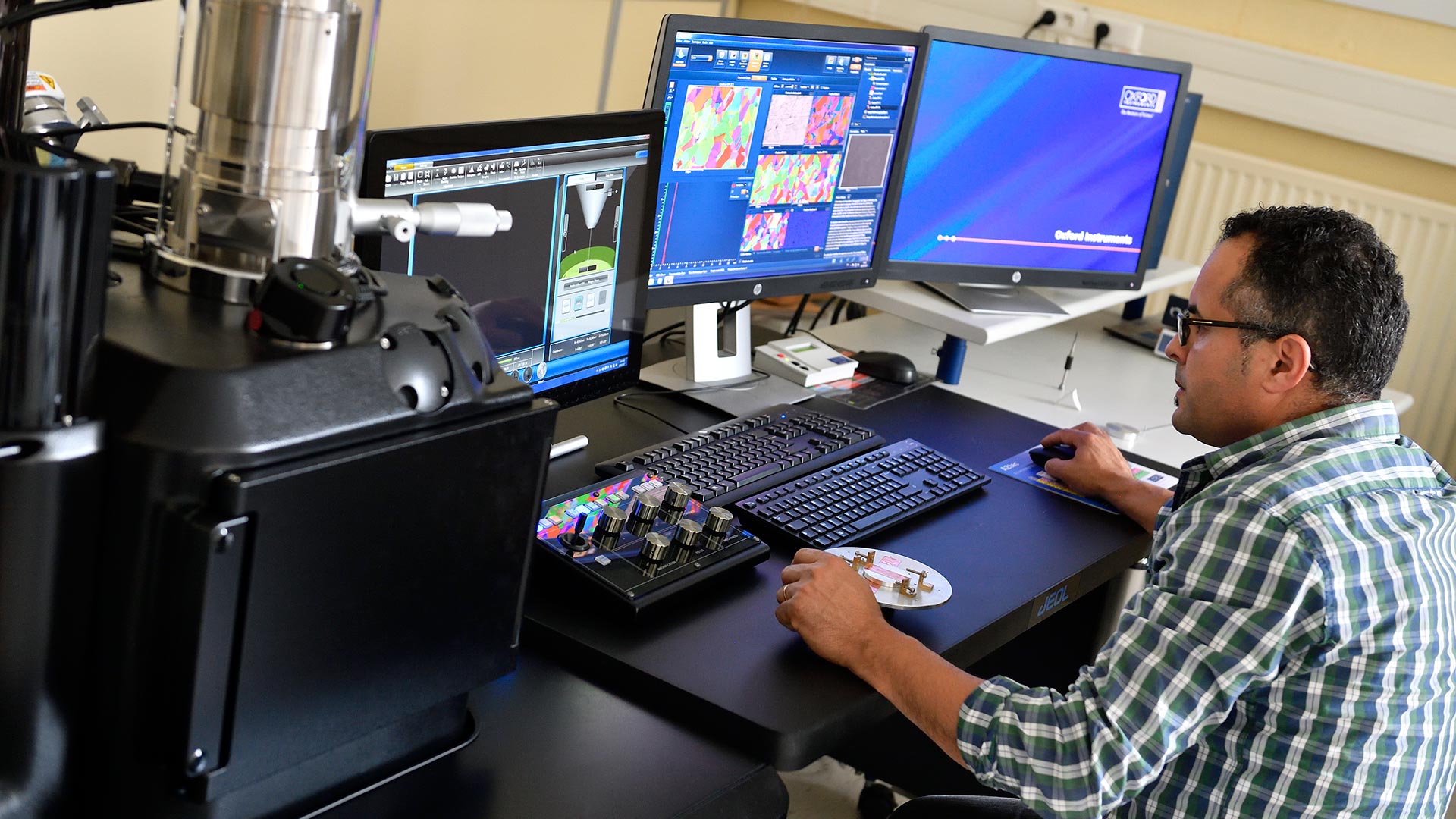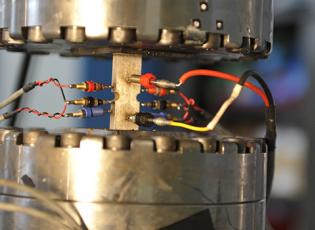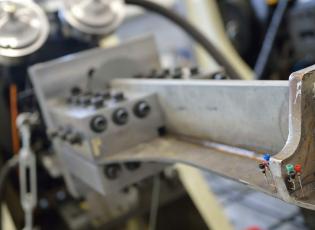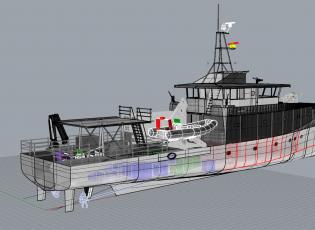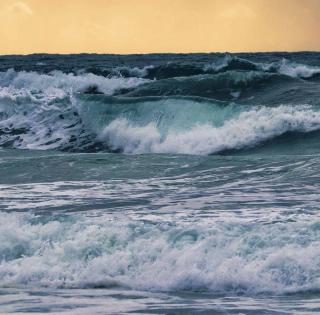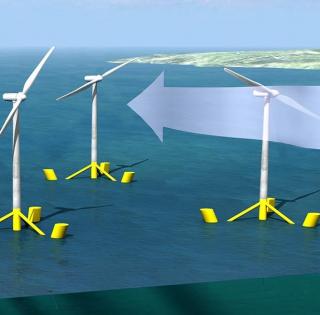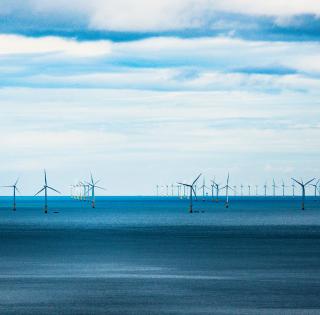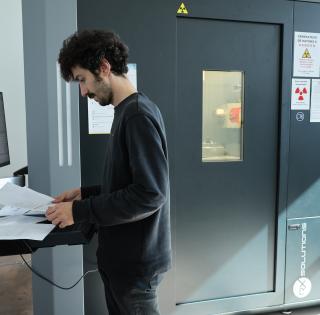
Research focus
- Naval hydrodynamics and the study of the response of structures in interaction with fluids.
- Characterization and modeling of the response of metal and composite materials and structures, under dynamic loads.
- Studies and modeling of impact and explosion phenomena in complex environments.
Expertise
- Hydrodynamic impact, experimental approach and modeling
- Numerical methods involving a large number of variables, instability prediction and bifurcation flow monitoring (low Reynolds number)
- Behavior model development to describe the static (forming) and dynamic response of complex continua
- Experimental demonstration of specific transient behaviors
- Dynamic measurement of fields of state variables
- Using simulation models and tools reliable enough to process all couplings while limiting the calculation time.
Keywords
Modeling, numerical simulation, experimental mechanics, materials and structures, dynamics/shocks/impacts, fluid-structure interactions.
Explosive devices pose a significant threat to property and people. The explosion generates significant thermal effects, a blast wave, and the scattering of fragments at initial speeds of about 2,000 m/s.
In order to protect against these effects, the solution is to interpose a physical barrier between the charge and its potential targets. Liquid foams (dispersion of a liquid phase within a gaseous phase) are excellent materials for attenuating sound waves, blast waves, and for decelerating projectiles.
The main aim of the COBADI project is the simple, fast in situ sizing of a two-phase protective barrier in accordance with the parameters relating to the threat (blast wave and hypervelocity fragment properties) and the liquid foam. The study aims to establish a substantial experimental database to describe the behavior of foams over a wide range of parameters and thereby be able to design an optimized foam for a targeted threat.
Probabilistic analysis of the nonlinear rolling of ships subjected to irregular swell [AID funding, in cooperation with Ecole navale]. This project aims to develop new methods to predict the risk of ships capsizing.
The ANR ASTRID MATURATION* project "PROBALCAV" (which stands for cavitating ballistic protection) has civilian and military applications. Its aim is to design an innovative concept for protection against projectiles, based on shock-induced cavitation.
[ANR ASTRID Maturation funding]
Sizing of floating wind turbines reflecting impacts and wave breaking [ANR/France Energies Marines funding]
Parametric optimization of foils; application to Olympic sailing
[Funding by Instituts Carnot ARTS et MERS, with Ecole navale and Ifremer]
Transparent composite protection
[ANR ASTRID funding]
Survivability of Structure Against Energy deposition
[ANR ASTRID funding]
Materials providing protection against blast effects (MAtériaux de Protection contre les effets de Souffle)
[ANR funding]
14 publications in peer-reviewed journals
(Key figures 2021)






